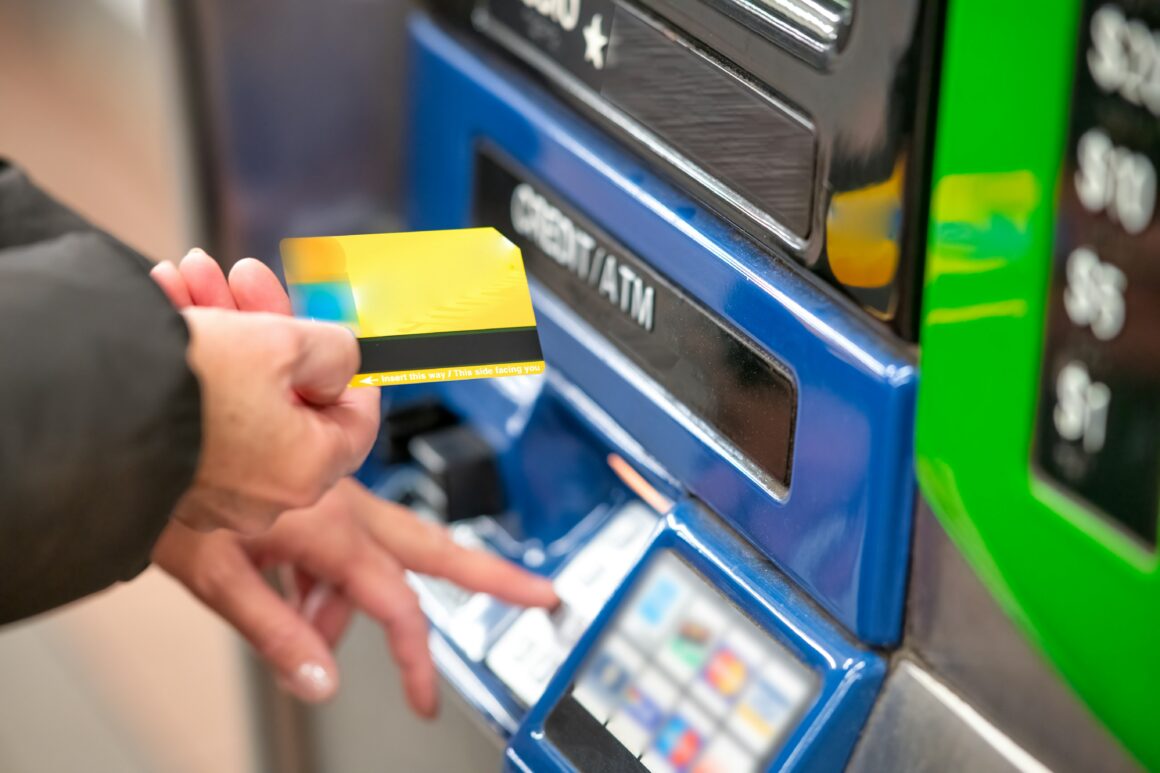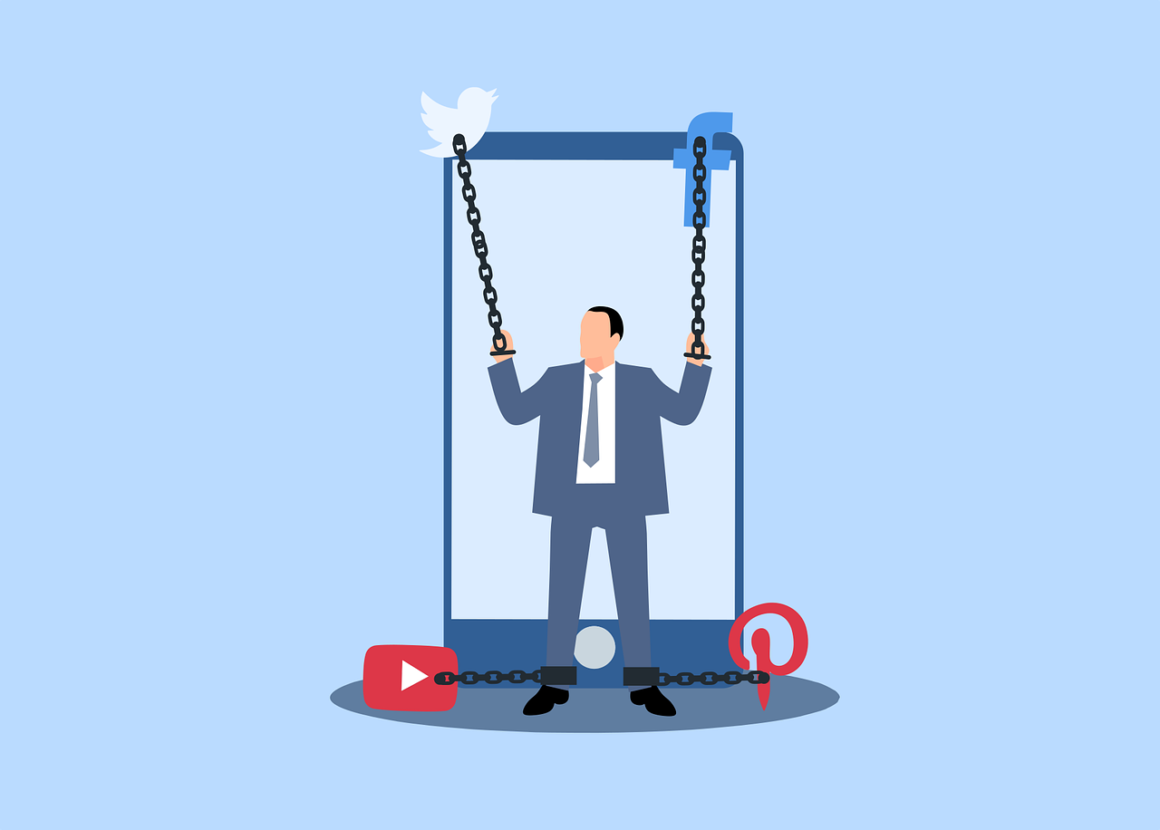Since 2007, the National Human Trafficking Hotline has received reports of 22,191 cases of sex trafficking within the United States alone, and globally it is estimated that 20 to 30 million people are victims of human trafficking. Human trafficking in the United States happens to people across backgrounds, ages, and races.
Sex trafficking is when adults and children are coerced into commercial sex against their will through use of “violence, threats, lies, debt bondage,” and other modes of intimidation or fear. It is important to acknowledge that sex trafficking is a form of human trafficking and that the terms cannot necessarily be used interchangeably, but over eighty percent of human trafficking involves sexual exploitation, showing how the two go hand in hand. The demographics, globally, of those who are typical victims of of sex trafficking may be some what ambiguous. However, according to a Bureau of Justice Statistics Report, seventy-seven percent of trafficking victims are people of color. Human trafficking victims most often “come from vulnerable populations, including undocumented migrants, runaways and at-risk youth, oppressed or marginalized groups, and the poor.” The Bureau of Justice Statistics Report also found that women composed ninety-four percent of sex trafficking victims, and children made up around forty percent of the victims.
The first step to solving a problem is to understand it. I would recommend that everyone reading this article also read the stories of Shandra Woworuntu and Tina Frundt, strong women who both escaped sex slavery. It is easy to dehumanize or ignore victims of human trafficking but so important to listen to survivors and do everything in our power to alleviate human rights abuses. Journey to Freedom has been played in U.S. Embassies around the world and provides significant insight into the issue of human trafficking. Before drawing awareness to the issue, make sure you understand it and are well researched, and pass along information that you have verified is true.
Now, sex trafficking is an issue easily recognizable as an injustice but continues to be overlooked or ignored. One of the biggest obstacles victims face while trying to escape sex trafficking is the law. In too many states and areas, laws prosecute those who are victims of sex slavery, children and adults alike. This is where the differentiation between prostitution and sex trafficking becomes important to our understanding of these victims. Sex trafficking is involuntary, and children who are sex trafficked are not prostitutes and regardless of circumstances are not at the legal age of consent. Some attention has been drawn to this issue, with the main focus on children, and twenty-two states currently have “Safe Harbor Laws,” to protect children who are victims of sex trafficking. However, in twenty-eight states, children are still prosecuted for prostitution like adults. This is the first place where you come in- as a citizen, voter, or member of your community, you can support legislation that helps victims of sex trafficking. While it may sound odd to essentially legalize child prostitution, this sort of legislation helps to prevent punishing children using laws designed to protect them. Adults, alike, who are victims of trafficking should never face charges of prostitution, and you should support laws that clearly make differentiations. Victims of trafficking need to feel safe in the presence of police in order to break the cycle of human rights abuses.
Human trafficking is also something that occurs across the U.S. and the globe, and you probably do not realize that there are organizations near you that you can volunteer for or donate to. See what organizations are nearby; organizations exist in nearly every country and area. If there are not any near you, host an awareness night in your community or start a club at your school.
It is also important to know the signs of human trafficking. The U.S. Department of State has issued a list of indicators that someone is being trafficked, along with questions to ask them if you can get them alone. If you know somebody who is possibly being trafficked or is trafficking people, call the National Human Trafficking Resource Center (1-888-3737-888).
Normalization of sex trafficking begins with our media, as highlighted in Tina Frundt’s essay. The normalcy of pimps in our movies, music, and television glamorize the lifestyle of pimps and normalizes prostitution. However, so many of the “prostitutes” we believe we see on the streets are coerced into the lifestyle and are unwillingly bound to their traffickers. Glamorizing or normalizing pimps’ abuse of trafficking victims helps all of us to turn a blind eye to the issue of sex trafficking and believe that sex trafficking and prostitution are the same thing. They are not. Pay attention to the messages you are internalizing from your media.
Sometimes, when we hear about atrocities in the world, we feel incredibly hopeless and overwhelmed, so we decide: It’s not happening to me, so I’m not going to do anything about it. Remember you do have the power to make a difference, and there are almost always things you can do to help. In the case of sex trafficking, helping begins with the simple task of researching and being aware, and you can influence legislation and volunteer at organizations that will help victims of sex trafficking.




